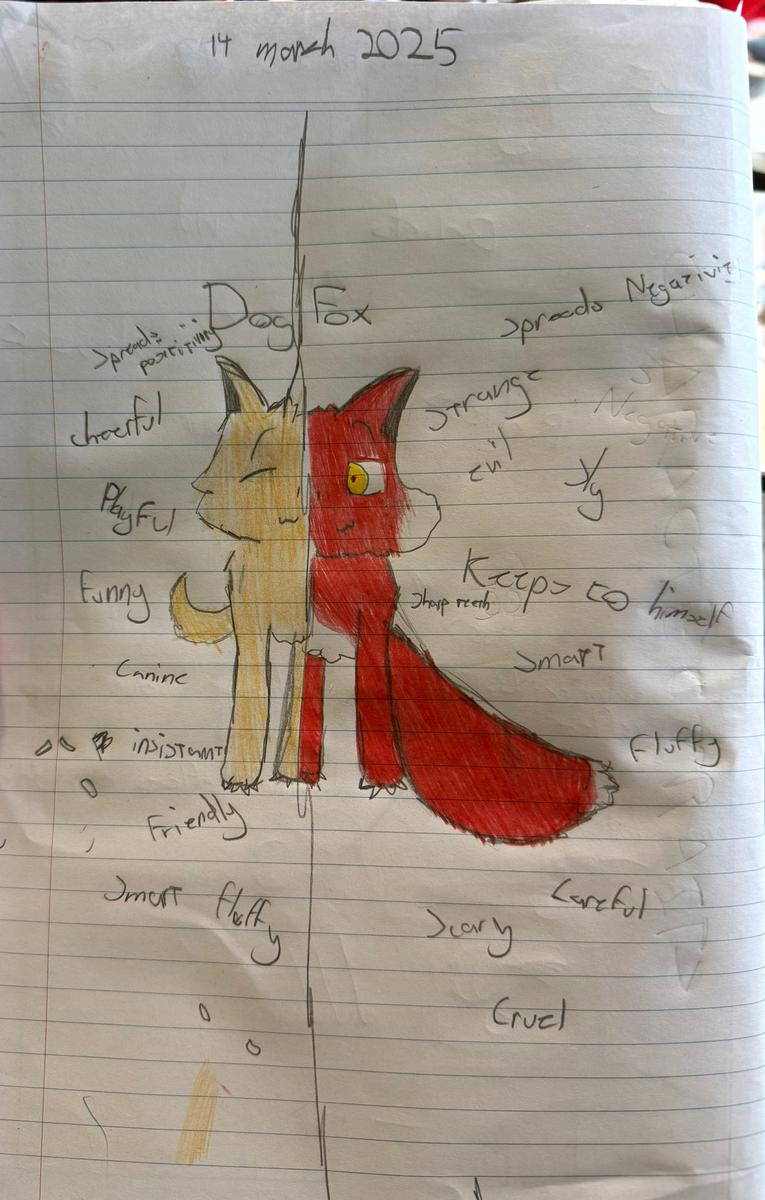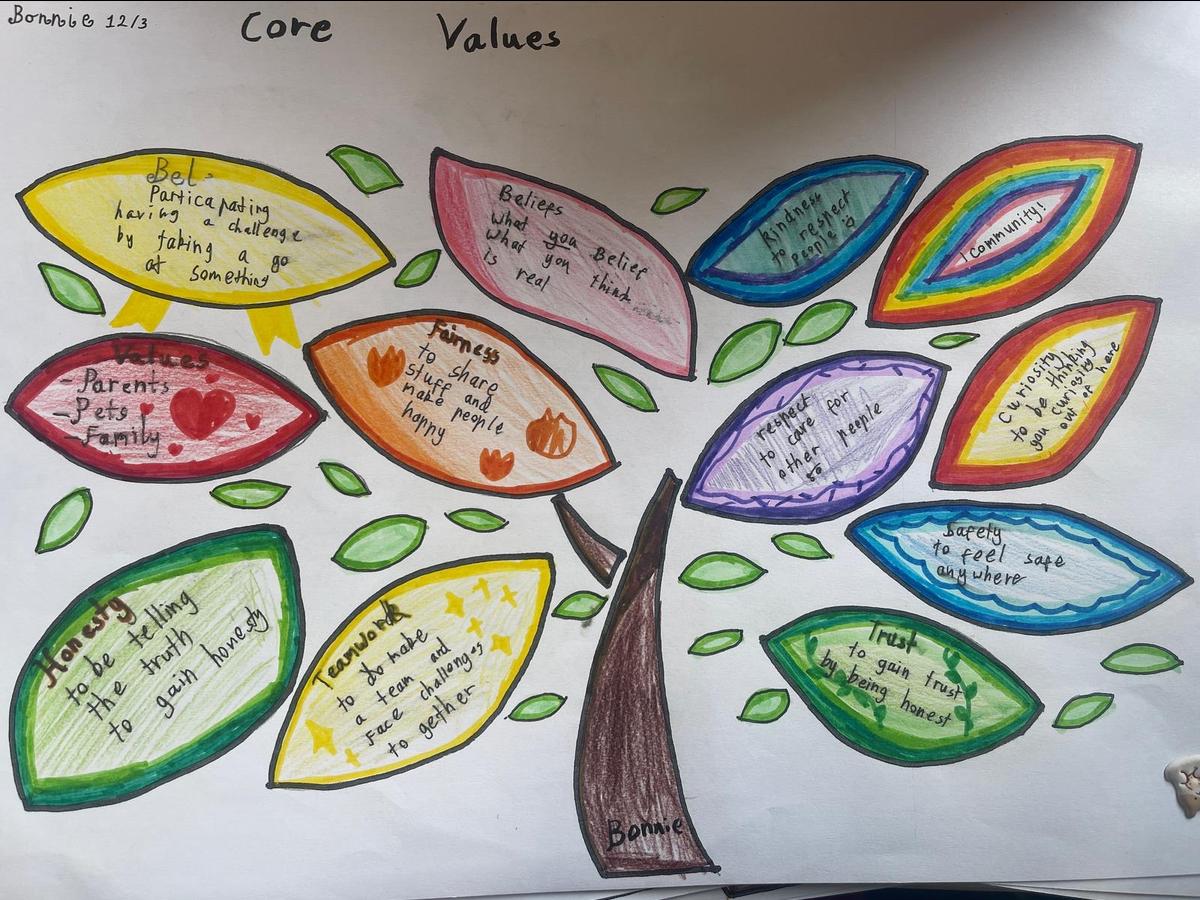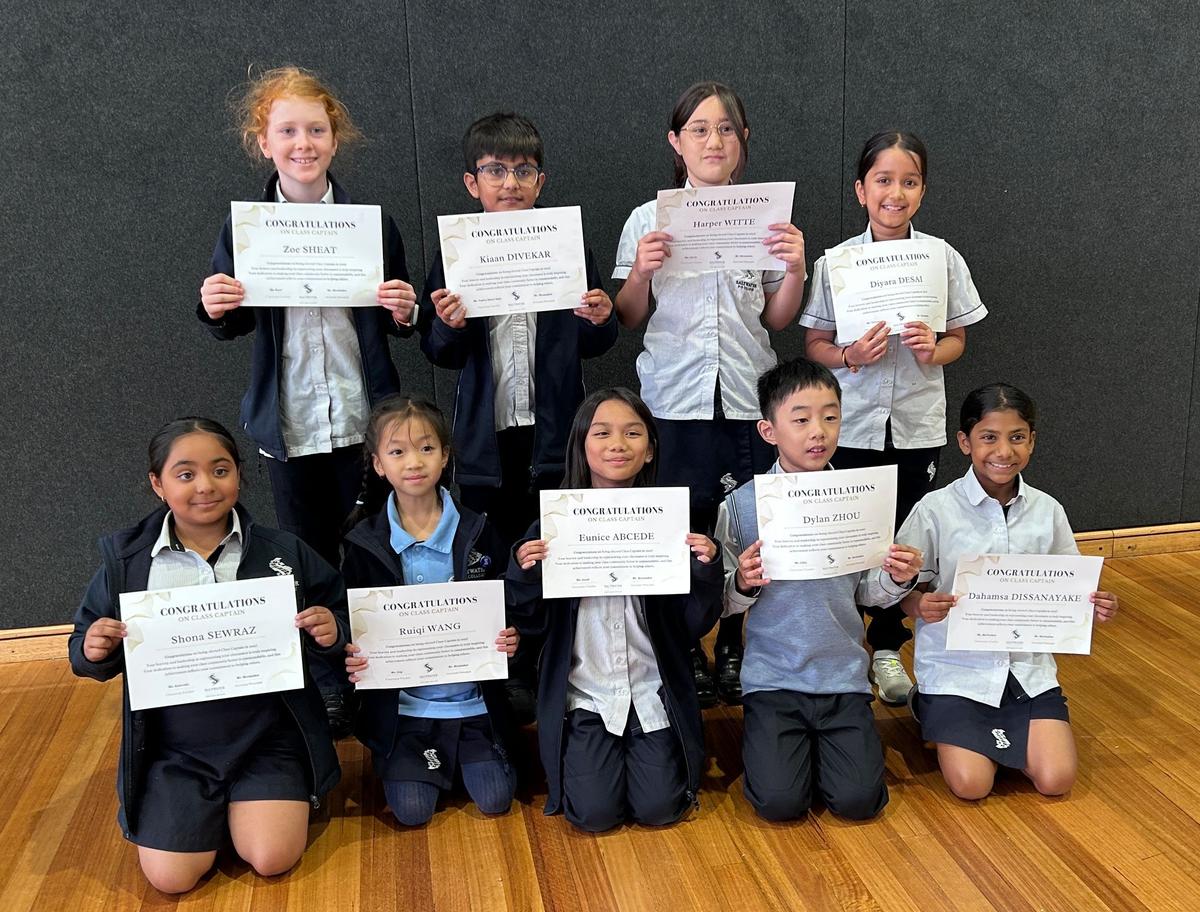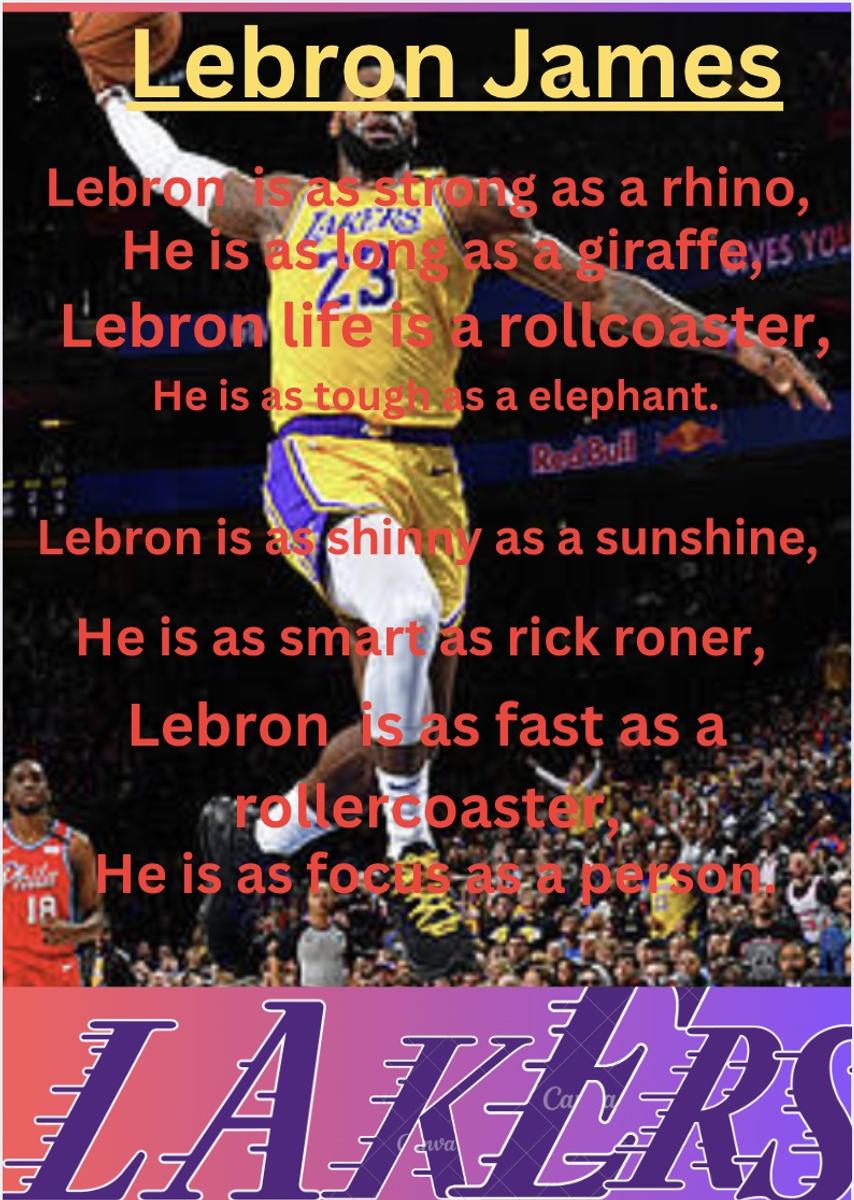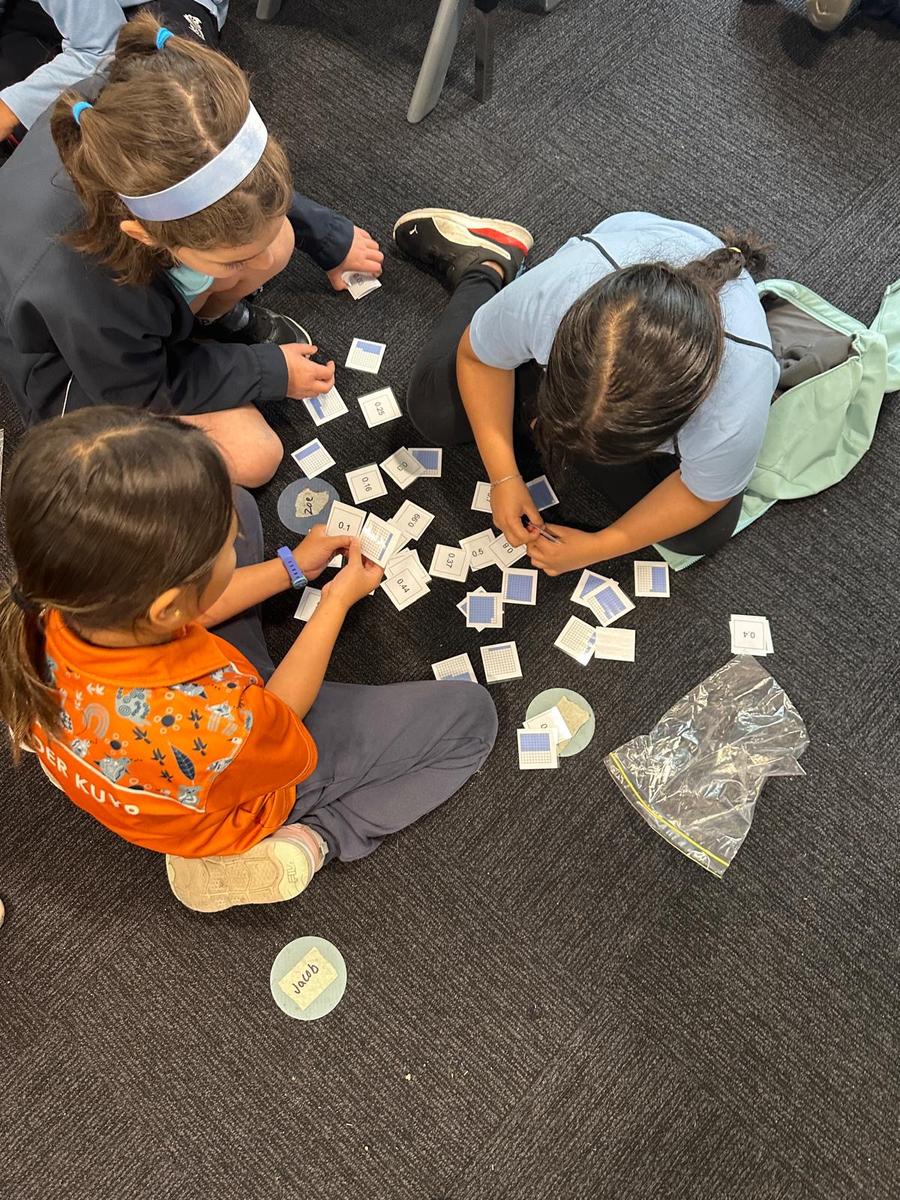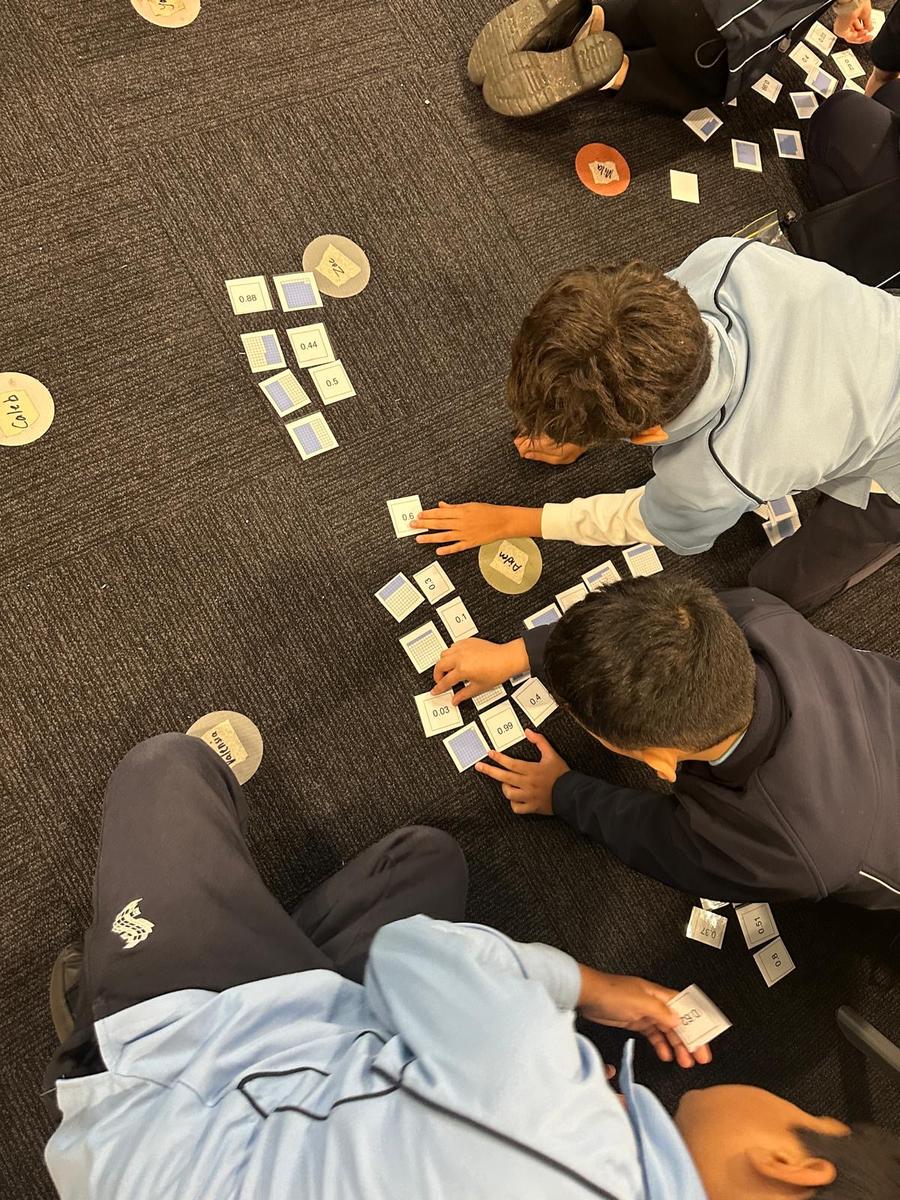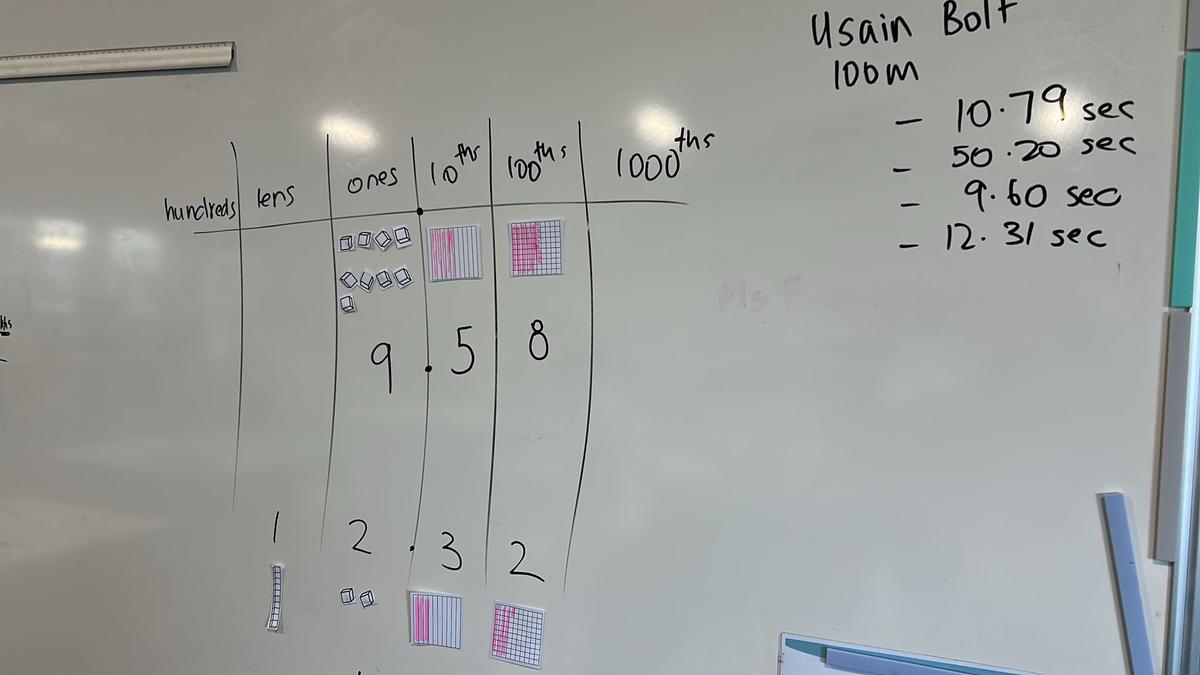Year Four

Unit of Inquiry
In this week's Year 4 Unit of Inquiry under the central idea "Who we choose to admire reflects our beliefs and values," students have been exploring the qualities of individuals they admire. They have analysed various mentor texts and examined the traits of different characters. We also engaged in a poetry analysis about Muhammad Ali, reflecting on his admirable qualities. This will lead into next week's research project, where they will focus on the second line of inquiry, "The factors that influence our choices." We can not wait to see what the students come up with to present their research!
We are incredibly proud of our selected class captains, who received their certificates and badges during a special assembly. These students demonstrated key IB learner attributes, including leadership, responsibility, and communication, as they accepted their roles. Their dedication to being principled, caring, and reflective leaders sets a wonderful example for the entire class. We look forward to seeing how they continue to inspire and guide their peers throughout the year.
4A - Shona SEWRAZ
4B - Harper WITTE
4C - Dahamsa DISSANAYAKE
4D - Diyara DESAI
4E - Kiaan DIVEKAR
4F - Dylan ZHOU
4G - Kiki WANG
4H - Eunice ABCEDE
4I - Zoe SHEAT
Reading
In Reading, the Year Four students have been honing their reading comprehension skills by focusing on two key strategies: making connections and summarising texts. To deepen their understanding of what they read, students were encouraged to make three types of connections:
Text-to-Self – Relating the story to their own experiences.
Text-to-Text – Finding similarities between the current text and another book they’ve read. Text-to-World – Connecting the text to real-world events or broader concepts.
By making these connections, students are better able to engage with texts in a meaningful way, improving both comprehension and critical thinking.
Students practised summarising what they read using two effective frameworks:
BME (Beginning, Middle, End) – Identifying the key events in each section of a story.
SWBST (Somebody, Wanted, But, So, Then) – Breaking down a story’s plot by identifying the character, their goal, the challenge they faced, how they responded, and the outcome.
These strategies help students focus on the most important details, improving their ability to retell and understand stories concisely.
Writing
The Year Four students have been diving into the world of figurative language, discovering how writers use words in creative and meaningful ways. In particular, we have focused on similes, metaphors, and alliteration—powerful tools that bring writing to life.
Students identified and experimented with these techniques, understanding how similes compare two things using “like” or “as,” how metaphors make direct comparisons, and how alliteration creates rhythm and mood through repeated sounds.
To deepen their appreciation of poetic language, we introduced found poetry, a creative process where students carefully select words and phrases from an existing text to form their own poems. Using Fox by Margaret Wild as a mentor text, they explored its rich imagery and emotional depth, curating lines that spoke to them and arranging them into original poems. This activity encouraged students to see language as both a playground for creativity and a tool for expression.
Mathematics
In Mathematics students extended their understanding of the place value system by exploring tenths as a unit. They have learned that just as ten ones make a ten, ten tenths make a whole. This concept helps students develop a strong sense of decimal numbers and how they relate to whole numbers. Using hands-on materials such as decimats, Base 10 blocks, and paper folding, students have been making, naming, and recording decimal numbers.
These activities allow students to develop a clear visual and conceptual understanding of decimals, supporting their learning in future mathematical concepts.
You can support your child’s learning at home by encouraging them to identify decimal numbers in real-life situations, such as measuring ingredients in a recipe or reading prices while shopping.
Harmony Day
In celebration of Harmony Day, students explored several mentor texts to deepen their understanding of the significance of cultural respect and inclusion. Some of the texts included Whoever You Are by Mem Fox, We Are All Equal by P Crumble, The Same but Different Too by K Newson, I Am Enough by G Byers, and Here We Are by O Jeffers. These books encouraged students to reflect on the values of equality, acceptance, and diversity. Through these readings, students demonstrated their open-mindedness and reflective qualities, as they connected the messages of the texts to their own experiences and the broader world, showcasing the core attributes of the IB framework.
Reminders
As part of our Sun Smart Policy, students are required to wear their hats during Term 1 when outdoors.
Students must bring their MacBooks to school every day, fully charged.
Early Dismissal on the Last Day of Term One – Friday, 4 April 2025, students will be dismissed at the earlier time of 2:30 pm.
Continuous entry begins at 8:20 am, allowing students to prepare for the first session, which starts promptly at 8:30 am. Late passes can be obtained from the office after this time.
Student absences must be reported on XUNO by a parent or carer as soon as possible.
Thank you to families who have completed the following forms. If you haven't already, please ensure complete the forms by accessing XUNO:
- ICT Fair Use Agreement
- Local Excursion Form
- Photo Permission Form
Kind regards,
The Year Four Teaching Team.

